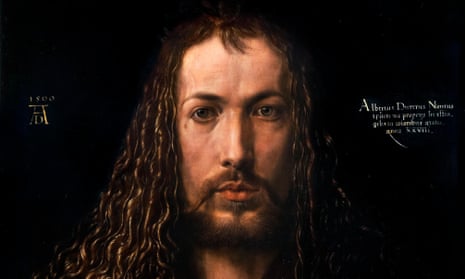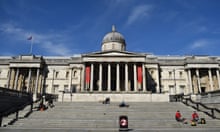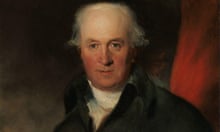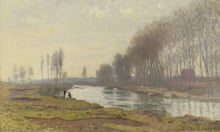It has been described as “one of the greatest spontaneous prayers in world literature”, but Albrecht Dürer’s elegy on the arrest of Martin Luther, the Protestant reformer, may not have been written by the German painter, printmaker and writer after all, research suggests.
Considered one of Dürer’s best-known writings, the Lament on Luther could instead have been the work of a contemporary monk that was slipped into the artist’s diary, possibly for political reasons, according to what the National Gallery describes as “very convincing evidence”.
The text’s author sympathised with the theologian’s challenges to conventional religious belief. But, at a time when Lutheran sympathisers were arrested and executed and Lutheran books and pamphlets were publicly burned as heretical, it is now thought to have been a “fraudulent insertion” into Dürer’s journal to frame him as a staunch Lutheran.
The research forms part of the National Gallery’s forthcoming exhibition on the master, titled Dürer’s Journeys: Travels of a Renaissance Artist, which opens in March.
The show brings together more than 100 paintings, drawings, prints and documents, most of them on view in Britain for the first time, such as a double-sided 1490s painting of a Madonna and Child from the National Gallery of Art, Washington.
It will reflect that Dürer wrestled with universal issues concerning the meaning and conduct of earthly life, following Luther’s challenges to belief.
Luther is one of the most influential figures in the history of Christianity, a German theologian who in 1517 published his 95 Theses, denouncing the abuses of the Catholic church such as accepting money for sins to be forgiven. In defying papal authority, he was excommunicated and became the catalyst of the 16th-century Protestant Reformation.
The Lament of Luther was a response to fears that the “pious man” and a “follower of the true Christian faith” had been arrested, “treacherously taken prisoner”, its author wrote. “Help me to weep for this man imbued with God’s spirit, and to beseech God to send us another man who bears his light.”
In an essay for the National Gallery’s exhibition catalogue, Jeroen Stumpel, an art historian at Utrecht University, concludes that the elegy was most likely written by Jacob Probst, a monk with an Augustine congregation close to Dürer’s then home in Antwerp. Probst’s close ties to Luther are confirmed by his correspondence with him in 1519, just after he moved to Antwerp from Wittenberg, where Luther was staying.
Stumpel said that while there was no doubt that Dürer sympathised with Luther’s cause, the elegy’s expressive style differed from the rest of his journal. “One must conclude that the passage certainly was contemporary, and yet not composed by Dürer. It must somehow have become attached to the journal, and later absorbed by it, whether accidentally or more or less intentionally, as an easy and welcome occasion to frame Dürer as a staunch Lutheran.”
Stumpel added: “The tone and style of the Lament comply in every respect with the letter known to have been written by Probst … The theology, the exalted voice and the love for Luther comply perfectly well with Probst’s publications at the time, and are completely at odds with anything we know to have been written by Dürer.”
Dr Susan Foister, the National Gallery’s deputy director and curator of the exhibition, said: “Stumpel’s groundbreaking discovery sheds new light on Dürer both as a man and as an artist, allowing us to get closer to the authentic Dürer, and to reassess the works we are showing which are informed by Luther’s beliefs.”
Dürer’s Journeys: Travels of a Renaissance Artist, the Credit Suisse exhibition, runs from 6 March to 13 June.








